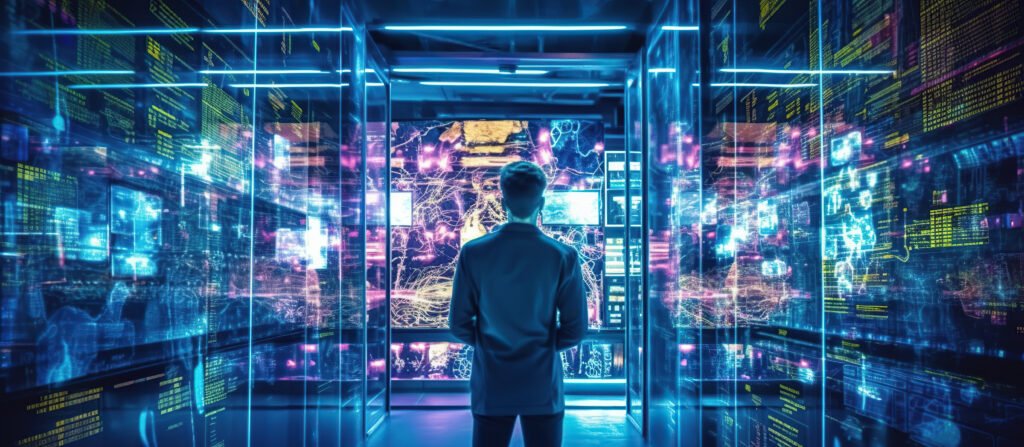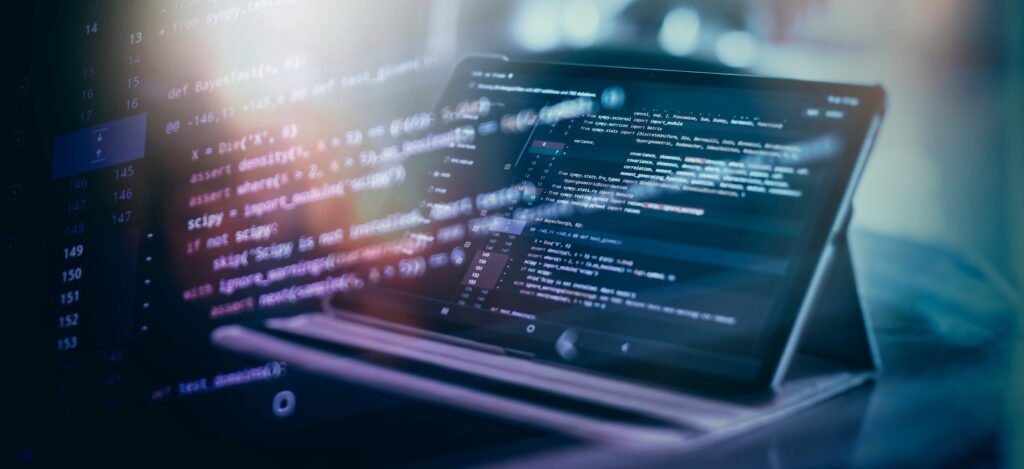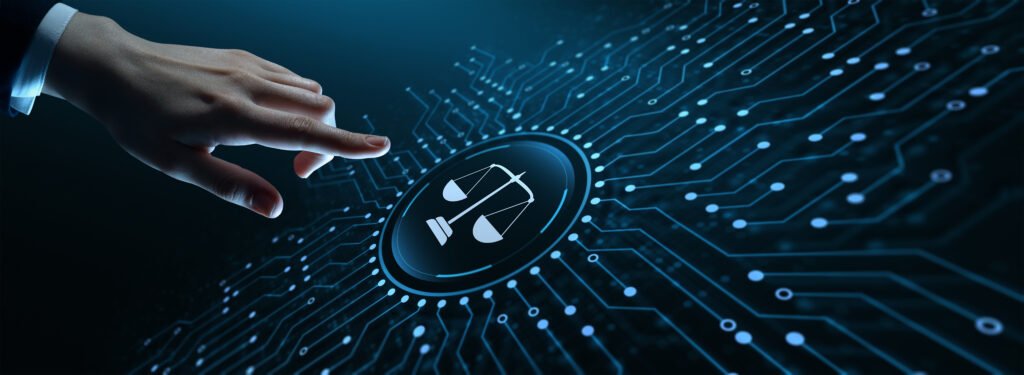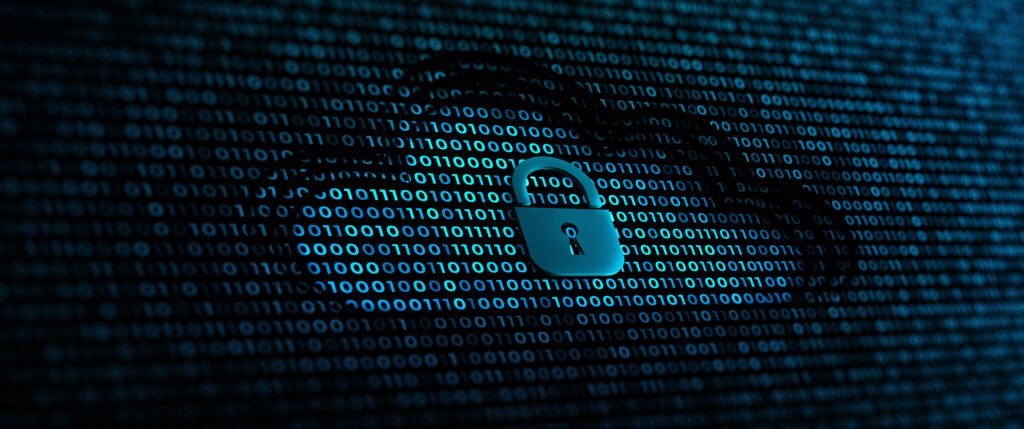The Most Notorious New Hacks Of 2025 So Far
The Most Notorious New Hacks Of 2025 So Far INTRODUCTION With the world progressing further into 2025, cyberattacks are increasingly becoming asophisticated and relentless. Of these, some of the most infamous hacks have lit up the headlines and rattled the very foundations of security on the web worldwide. These hacks have taught us about the changing modus operandi of cyber burglars, laying bare digital exposures in sectors, governments, and individual data grids worldwide. Knowing the largest hacks is important to organizations and individuals. This article explores these grand cyberattacks, how they happened, their significance, and what can be learned to better protect ourselves. You are either a businessman, cybersecurity expert, or anxious web surfer; knowing these threats and doing so in advance is crucial in today’s age of digitalization. The Cybersecurity Landscape in 2025 By 2025, the digital world is as networked and technology-dependent as ever. This staggering growth has naturally expanded the surface area to cyberattacks. Cyberattackers themselves have evolved, using newer technologies such as AI, machine learning, and automation to conduct the most famous hacks on a productive and scalable level. The information security environment today is one of increased urgency.The attackers themselves have also been more audacious, looking not only for financial benefit but political, ideological, and social disruption too. An aggressive, active cybersecurity posture is needed in this new environment. Overview of The Most Notorious Hacks of 2025 The most notorious hacks this year have been described as sophisticated and widespread. Certain broad categories are coming into view: Supply Chain Attacks Supply chain attacks are likely the most significant trend. Hackers don’t strike directly, but instead compromise a trusted vendor or software provider. They get indirect access to hundreds of organizations downstream by infecting software updates or services with code or malware. AI-Powered Phishing Attacks Phishing has gone beyond basic spam e-mail. Threat actors now more often use artificial intelligence to create tailored and authentic messages that simulate known relationships. Such AI-assisted scams fool even the most discerning users, resulting in credential compromise and unauthorized access. Attacks on Critical Infrastructure Critical infrastructure like electric power grids, water treatment plants, and healthcare infrastructure has been highly sought after. They are designed to cripple critical public services, at times leading to physical damage or endangering human lives, hence being among the most notorious for their devastating effects. Zero-Day Exploits These threats are especially perilous because no defenses or patches are available initially, and thus the hackers can remain in the shadows for extended durations. Cryptocurrency Exchange Hacks As cryptocurrencies gained popularity, exchange websites have become profitable targets. The theft of digital currency from the websites erodes investors’ trust in the cryptocurrency platform and results in financial losses worth billions of dollars for investors. Case Studies: The Notorious Hacks of 2025 Supply Chain Attack on Leading Software Supplier In early 2025, one of the most infamous hacks was that a prominent software vendor had offered business solutions to businesses globally. Malware had been seeded into a routine software patch by the hackers, which then automatically spread among the thousands of businesses. This led to wholesale system takeover, data exfiltration, and extended downtime. This attack recognized the threat of blindly trusting third-party vendors. This attack prompted corporations to re-evaluate their supply chain security controls and add extra verifications for vendor access and software validation. AI-Based Phishing Campaigns Against Financial Institutions Another instance of the most infamous hacks this year was bank and customer-targeted AI-facilitated phishing. The spammers prepared mail that was nearly identical to genuine bank messages, asking the users to authenticate themselves on fake sites. This attack was successful because it was tailored to each victim and how quickly the fake messages were disseminated. It created a monumental amount of financial loss and emphasized the necessity for sophisticated email filtering and end-user education practices. Breach of Critical Infrastructure in an Urban Area Attackers took advantage of vulnerabilities in old control system software, which halted water purification operations temporarily. The attack provoked widespread concern and illustrated the unpreparedness of infrastructure cybersecurity. Because it inflicted harm on public health, this attack is also one of the most infamous hacks of 2025, a wake-up call for governments to invest more in protecting critical systems. Zero-Day Exploit on a Common Operating System Mid-year, a zero-day vulnerability on an extremely common operating system was found to be being exploited in the wild. The attack used the vulnerability to deploy ransomware on many corporate and personal computers ahead of security teams’ ability to create and disseminate a patch. The attack was the ideal example of the imperative requirement of the need for fast vulnerability management and the problem posed by zero-day attacks in the world of cybersecurity. Cryptocurrency Exchange Heist One of the most infamous financial cyberattacks in the year 2025 was on a cryptocurrency exchange that experienced a devastating security break-in. By exploiting a mix of insider vulnerability and compromised multi-factor authentication, cyberattackers stole millions of dollars’ worth of virtual currency. The disaster marred the credibility of cryptocurrency exchanges and reaffirmed the importance of solid security protocols in the emerging digital currency sector. How Hackers Carry Out The Most Infamous Attacks Knowing the strategies of the most infamous hacks explains how cyberthieves are carrying out their activities better and more subtly. The majority of these hacks are a multi-step process: Reconnaissance: The hackers start by collecting massive amounts of data on their target from public sources, social media, and technical scanning software. Such information makes apparent vulnerabilities as well as the targeted points of entry. Initial Access: Establishment generally occurs by the use of phishing emails, malware installation, unpatched vulnerability exploitation, or hijacked credentials. It is an important step so that presence can be attained on the target network. Lateral Movement: Attackers from inside move within the network and gain access to critical systems. They raise privileges and attempt not to be discovered by covering tracks. Data Exfiltration or Disruption: Attackers exfiltrate sensitive data or interfere with operations—ransomware attacks being very prevalent, encrypting
The Most Notorious New Hacks Of 2025 So Far Read More »











